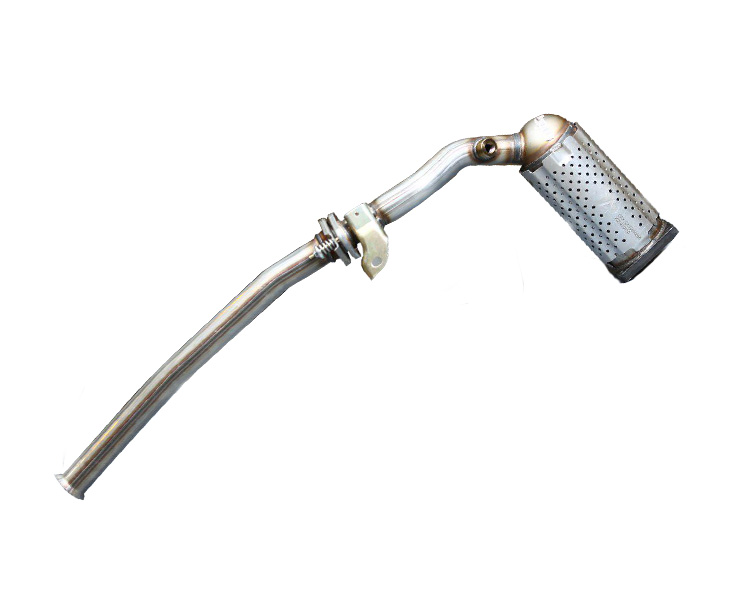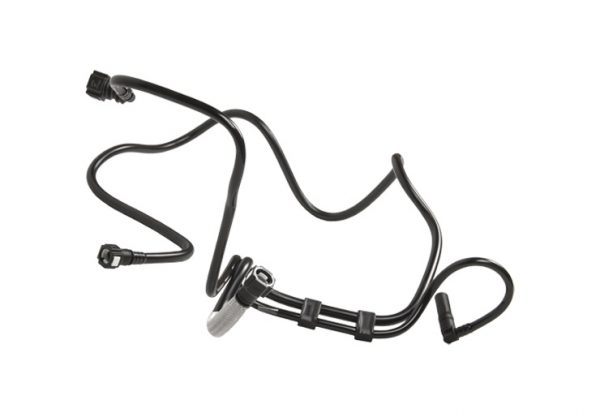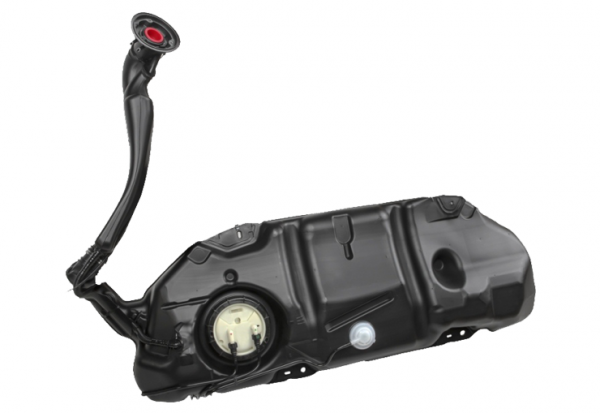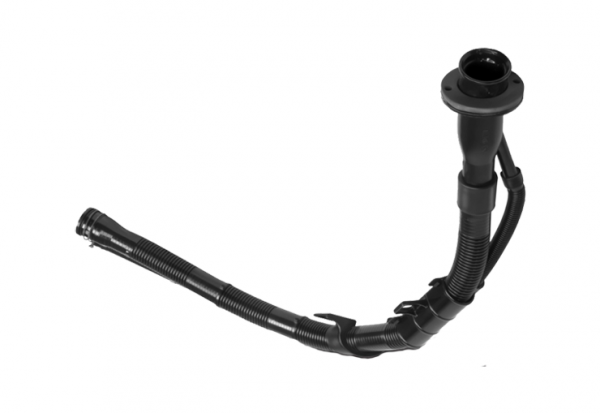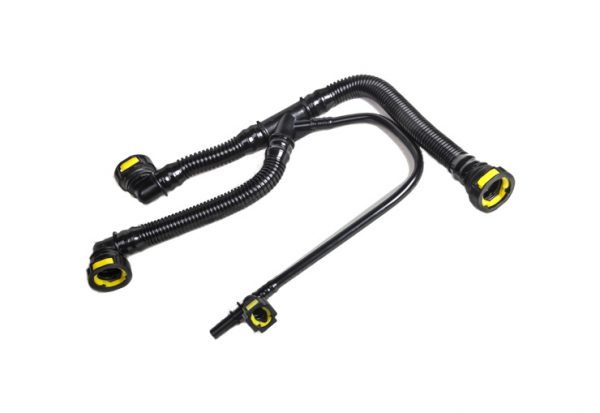The present product is a catalytic converter for passenger cars.
The catalytic converter’s task is to reduce the amount of pollutant emissions by placing it on the exhaust outlet.
Due to the increasing use of cars, which are the main factors of air pollution, the use of the product in design is inevitable.
Catalytic converters have different types and chemical reactions vary depending on the engine and fuel type. Catalytic converters transform hazardous chemical pollutants: carbon monoxide, nitrogen oxide, hydrocarbons, into less harmful compounds such as carbon dioxide, nitrogen, and water. The catalysts decompose nitrogen oxide, which is a dangerous gas, thus converting nitrogen oxide into oxygen and nitrogen that are harmless.
Types of catalytic converters:
- Two-Way Catalytic converters
These types of catalysts are mainly used in diesel engines to reduce pollutants of carbon monoxide and unburned hydrocarbons. Due to the inability of such catalysts to reduce nitrogen oxide pollutants, today these types of catalysts are not used in petrol engines and three-way catalysts are used instead. The two way catalysts performs two operations simultaneously:
A) Oxidation of carbon monoxide to carbon dioxide
B) Oxidation of unburnt hydrocarbons and converting them into carbon dioxide and water
- Three-way catalytic converters
The Three-way catalytic converters perform the following three tasks:
A) Reduction of Nitrogen Oxides to Oxygen and Nitrogen
B) Oxidation of carbon monoxide to carbon dioxide
C) Oxidation of unburned hydrocarbons and conversion to carbon dioxide and water
- Components of catalytic converters:
Catalytic converters consist of three major components of the catalyst core, oxide layer, and catalyst material itself, each of which is briefly described below.
Catalyst substrate: In vehicle converters, it has a ceramic monolithic with a honeycomb structure.
Oxide layer (Wash coat): This layer is used as a catalyst material holder, which increases the surface of the catalyst. This layer is usually selected from aluminum oxide, titanium dioxide, silicon dioxide, or a mixture of silica and alumina.
Catalyst material: Catalyst itself is essentially the main catalytic converter, which is usually chosen from the family of expensive metals such as palladium, radium, platinum, gold, and cadmium. But from a cost-effective point of view, palladium and radium are commonly used.


